Slow boats
May 01, 2025
|
Okinawa
The obvious way to get from Kagoshima to Okinawa is to fly; a short 2 hour hop. We decided to take the ferry, 25 hours & plenty of time to reflect on what we actually knew about these tiny islands a long, long way from mainland Japan : a disastrous battle at the close of WW2, a big and often controversial American military presence, lots of tropical beaches, colourful fish, a much longer than average life expectancy, you can just about see Taiwan from the southernmost islands. Not much else!
The ferry journey in itself was interesting. You’d think with passengers captive for 25 hours, the ferry would be een to capitalise on spending and eating opportunities. Not a chance, this was very much a working ship, the meagre restaurant open for a few hours - breakfast from 5am-5:50am! lunch for an hour from 11:30am and dinner similar from 6pm. The simple shop open for even less time! Why? What are the chefs doing for the rest of the day?
On the other hand it was a unique opportunity to observe all the various port activities (we stopped 5 times along the way
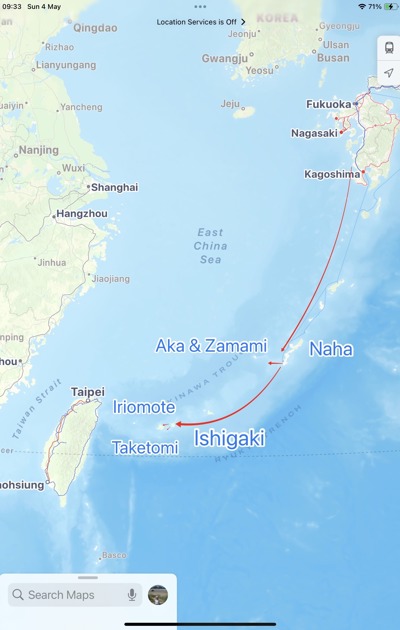
at various island groups). We got off to a flying start with the port officials neatly lined up in their crisp uniforms giving us a cheerful & regal-style wave off. We docked for 30 minutes at each port and watched as half a dozen nippy forklifts dashed around expertly in choreographed unity, racing in and out of the hold, unloading & positioning the small freight containers on the dock. Brought to mind the Mini Coopers in the Italian Job!
Eventually we had to get off. It was dark and windy as we made our way along the Naha dockside and onto the monorail. Bang! what a complete culture change. Suddenly our rucksacs were competing for space with tourists of all shapes, sizes and cultures dressed up for a night on the town. The air was warm and sultry, the pavements had weeds and litter, people smoked. Row upon row of “eat and drink all you can” bars… still Japan, but not as we knew it.
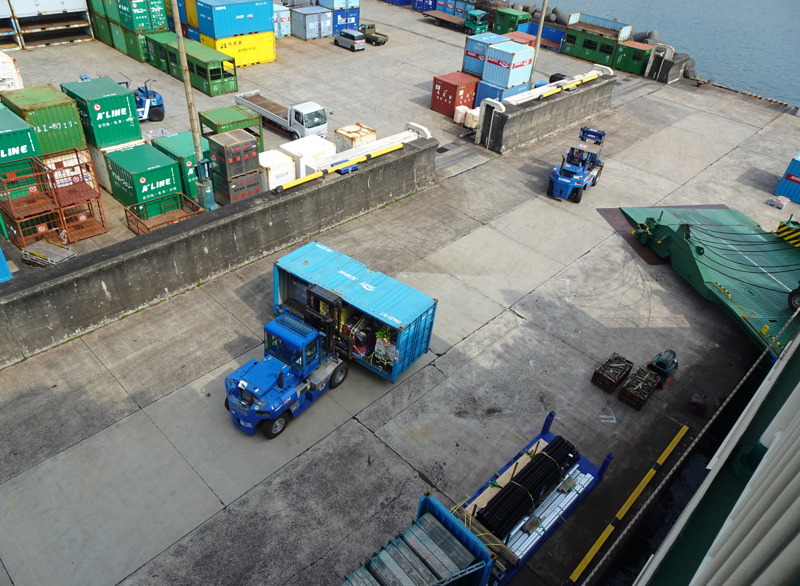
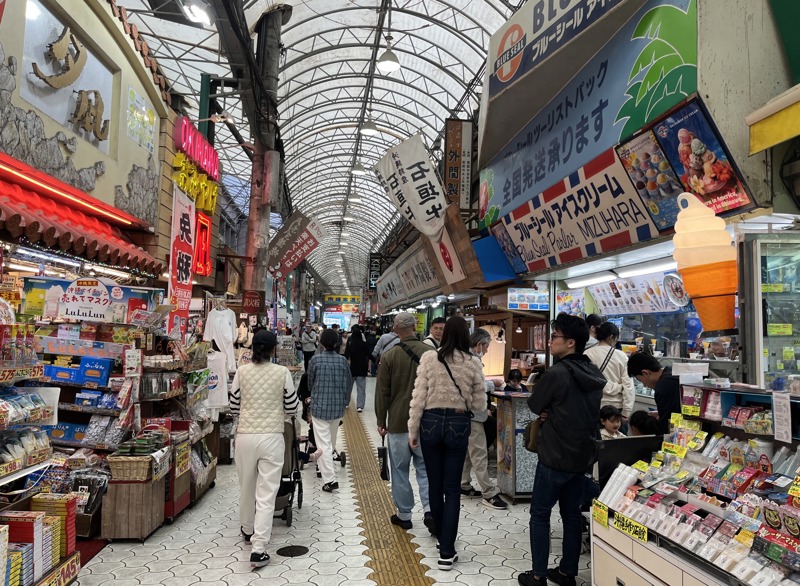
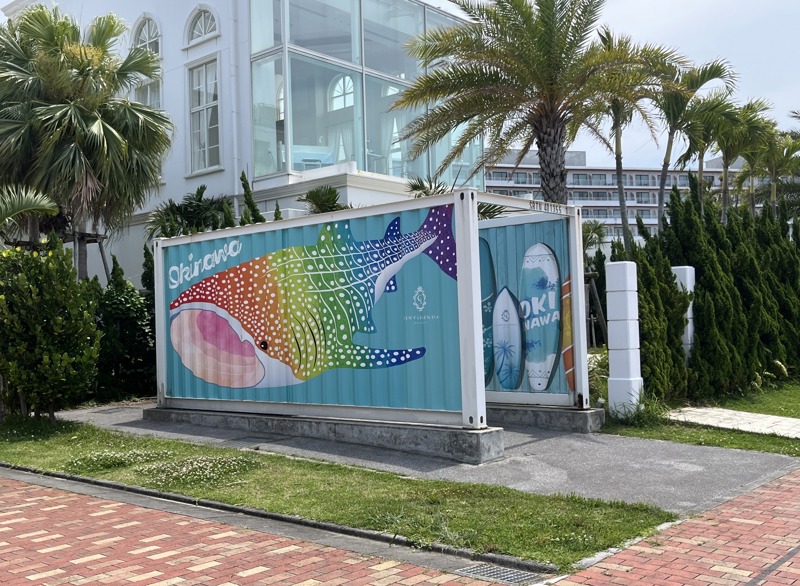
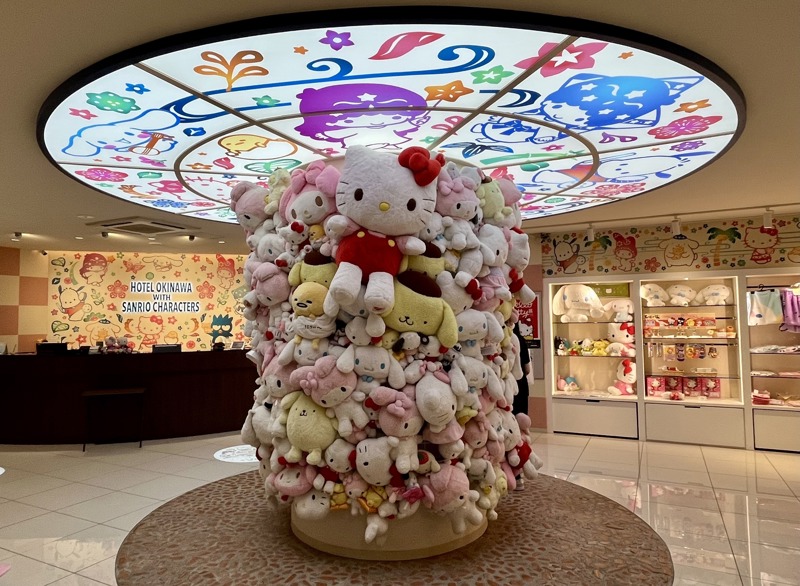
However for now we were just staying overnight in the capital, we were tropical island-bound. Of the several groups of islands, the Kerama group promised blue, blue sea (the famous ‘Kerama blue’) and lots of beaches, with snorkelling and tropical fish. Louise paradise! The next day dawned windy and wet - paradise delayed as all ferries cancelled (and if you could see the waves you’d be glad they were). A day later we were on our way, the sun shining and the promised blue sea sparkling. With all the commercialisation on the main island I was concerned the tiny islands may have succumbed to the tourist dollar. Tiny Aka, our first island (pop 350)
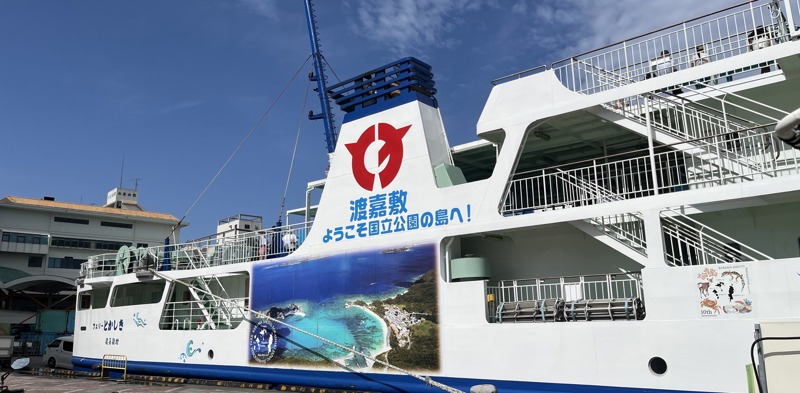
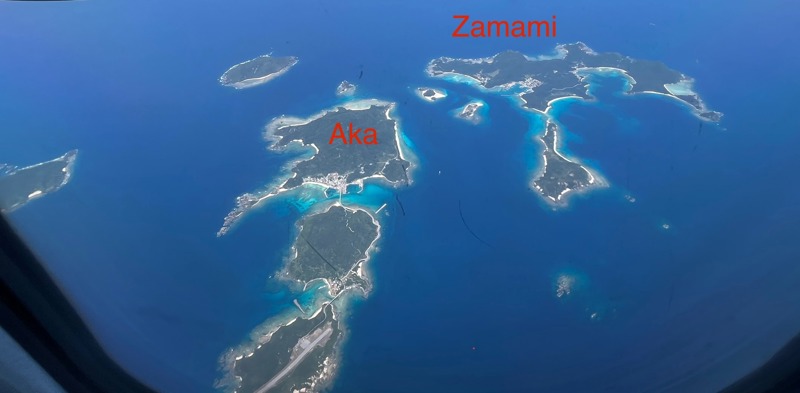
was so un-commercialised it was like being on one of the lesser Scilly islands in the 1970’s, albeit with fewer cafes. It was Louise paradise and then some. Little to do except walk around the island, climbing the hills & ticking off the viewpoints before cooling down in the clear blue sea. After two days of sunshine and quite a few miles walked, with swims taken, we made the 15 minute crossing to Zamami island for more of the same. With double the population and triple the number of cafes, it was relatively buzzing. Being on a tropical island your enjoyment is directly related to it being sunny or not, and here we had to take our turn with the bad weather. The sun came out from time to time and we did still manage the walks, swims, and the delightful ‘Beach Opening ceremony’, which seemed to be all about kids in a large paddling pool attempting to catch fish with their hands. Too rough for the snorkelling trip, we did some good off the beach snorkelling.
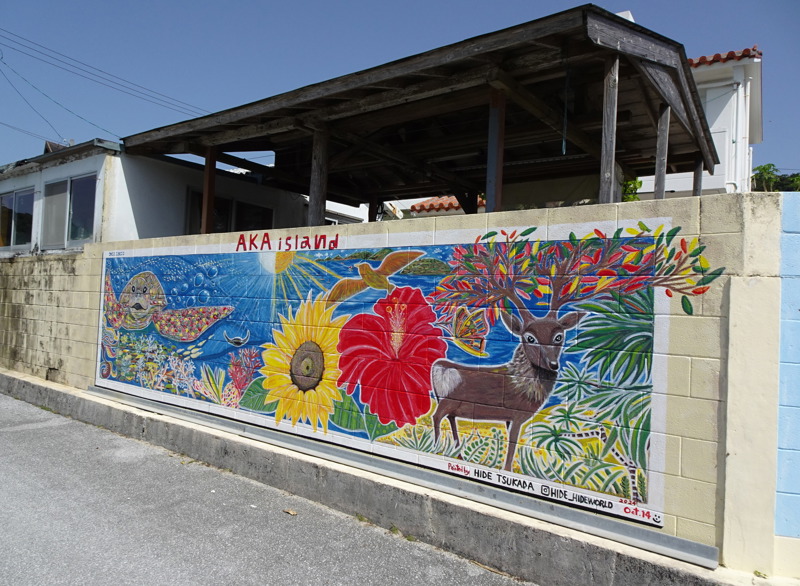
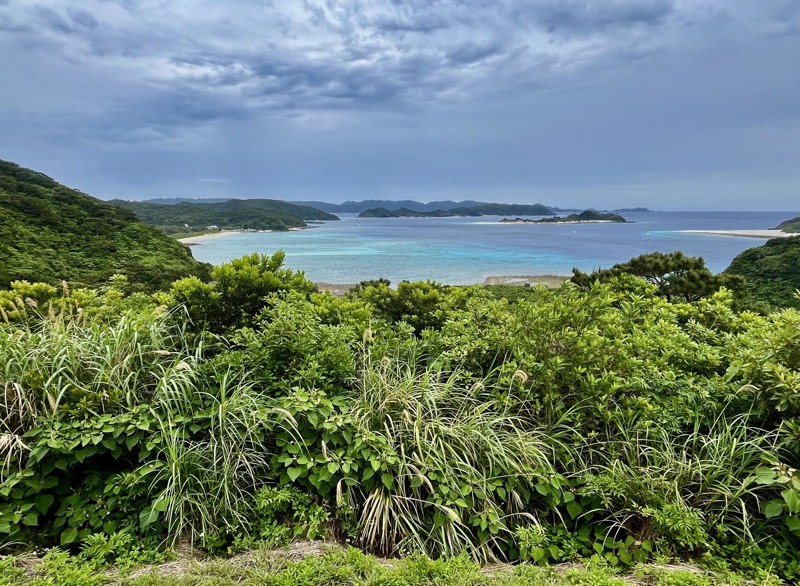
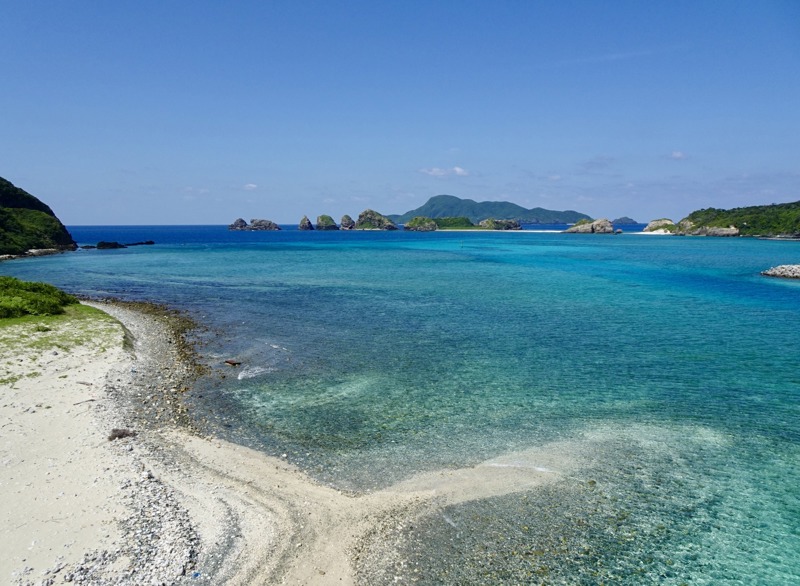
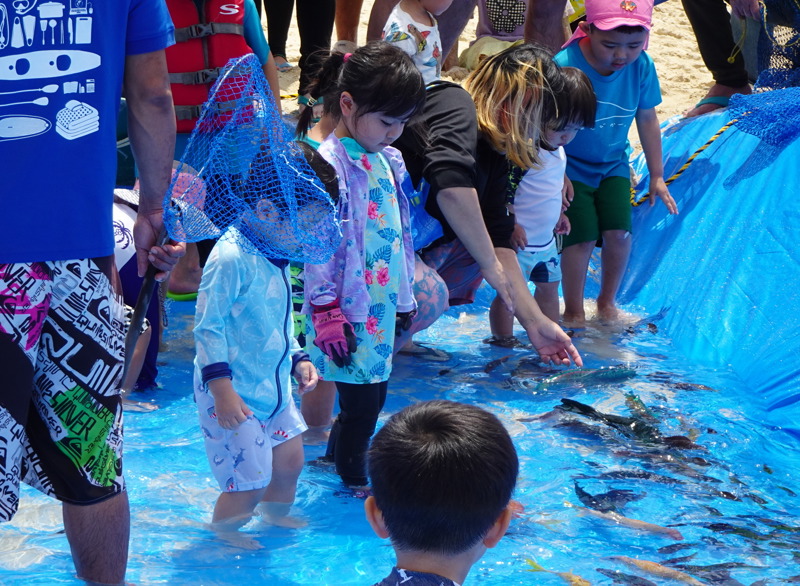
Back to the big smoke and we had 3 days in Naha to expand our scant knowledge of Okinawan culture & history, both past and present. Okinawa people are Ryukyuans, an indigenous ethnic group distinct from the main Japanese population, with their own language and traditions. Their strategic position along the original trade routes has created a further mix of influences from China, Mongolia and Malaysia.
Unfortunately, their strategic position put them in the front line for defence in WW2, culminating with the brutal and catastrophic battle of Okinawa in 1945. The Americans landed first on Aka our tiny, perfect blue ringed island; it’s hard to imagine a less appropriate place for a bloody war. Most of the islands across the archipeligo had their idyll shattered by combat. Of the 242,000 deaths, 150,000 were Okinawans (the majority civilians who died not just from the war but from starvation, malaria, even shot as potential traitors for speaking their own dialect) and 78,000 mainland Japanese, 14,000 American and 82 British. Most of the landscape and cultural history on Okinawa island was destroyed, the islands were put under American administration until 1972 and even

now have 27,000 American military based there. It’s little wonder that the Japanese became strident pacifists. The complete story of the war is too long to relate here, but it’s well worth looking up.
Today, the influence of America is still huge, there’s a love/hate relationship with the military bases which cover a large part of the island, with some dark history concerning sexual assault of local women. On the other hand, the spending power is huge and of considerable benefit to the local economy. Today it’s a mix - unlovely architecture and a vibrant culture.
One of the most evocative and poignant sites on the island is the Peace Memorial Park which honours and names all the casualties of the war and where many are buried. The setting, a large park overlooking the deep blue ocean, could not be further removed from the horrors played out on the same earth 80 years ago
On the other hand, the Disney-esque 1950’s style American village built 30 years ago offers pastel coloured buildings, American restaurants and malls to take care of all your shopping needs. It’s not. clear if it was built with the Americans or Okinawans in mind.
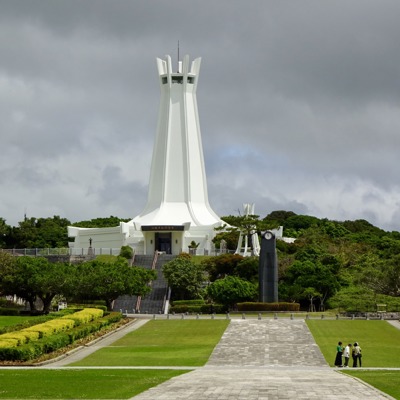
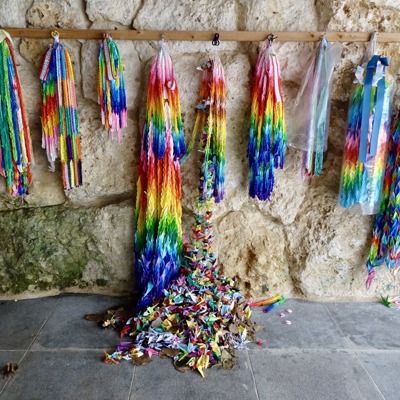
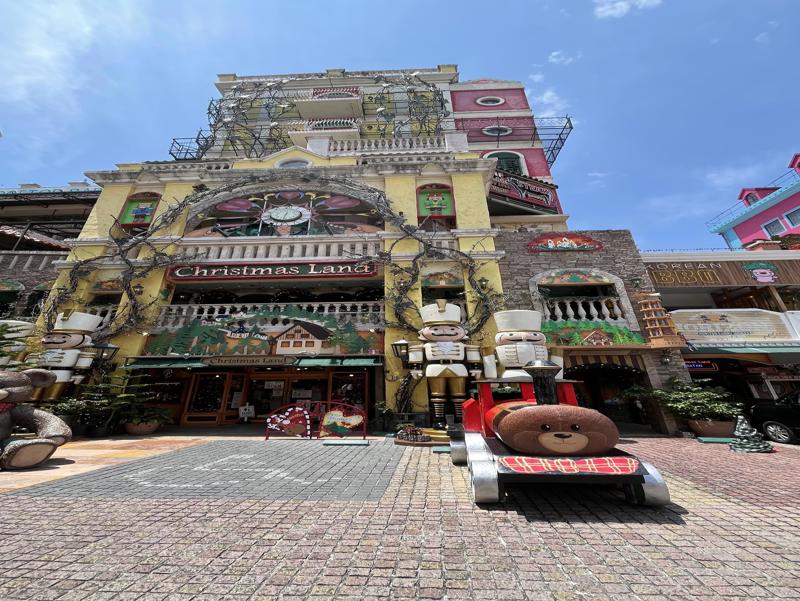
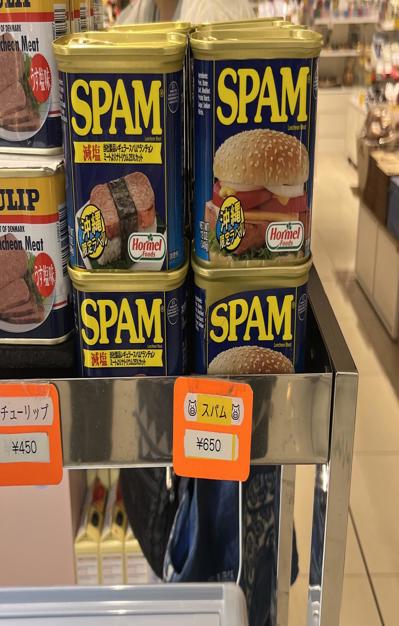
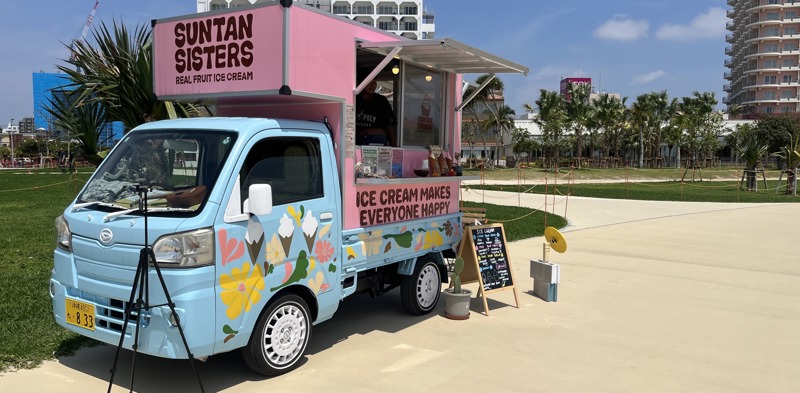


Time to move on, even further south, almost to Taiwan. The ferries no longer run to the Yaeyama group of islands so it was a short flight instead. The plane was greeted at pretty Ishigaki airport by the ground staff solemnly bowing. When researching the islands I tried to pick different landscapes and vibes, settling here for mountainous Iriomote, “Japan’s last wilderness” and tiny Taketoma with essentially a freeze-frame of traditional Ryūkyū life. Both delivered on their reputation, Iriomote-jima with its mangrove swamps, waterfalls, butterflies and torrential rain. The opening ceremony on the beach this time was for pineapple eating, rather easier to catch than fish!
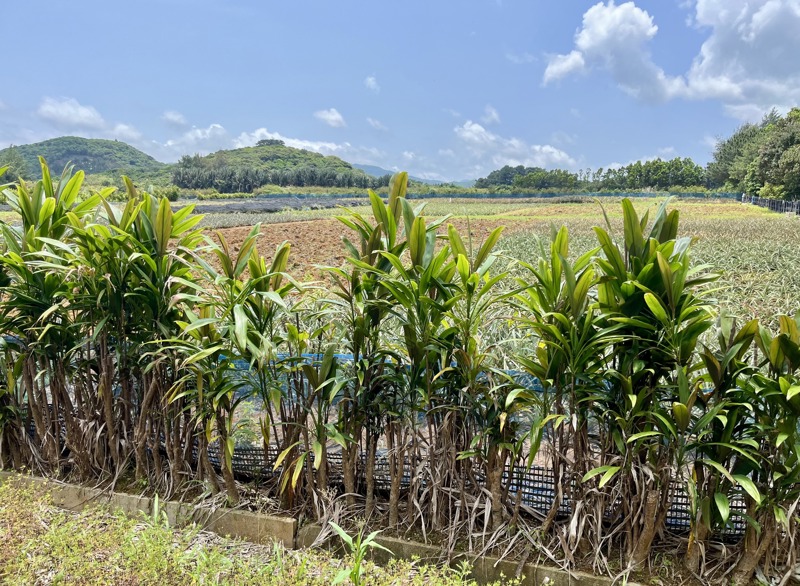
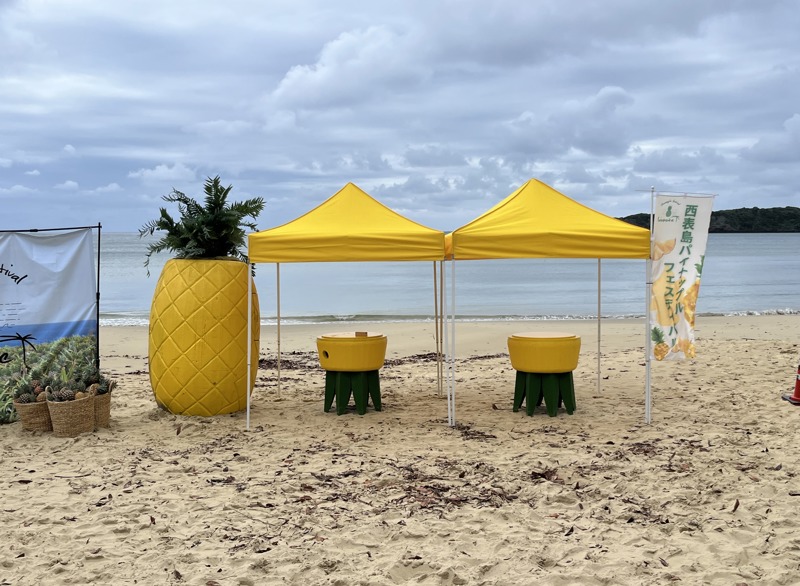

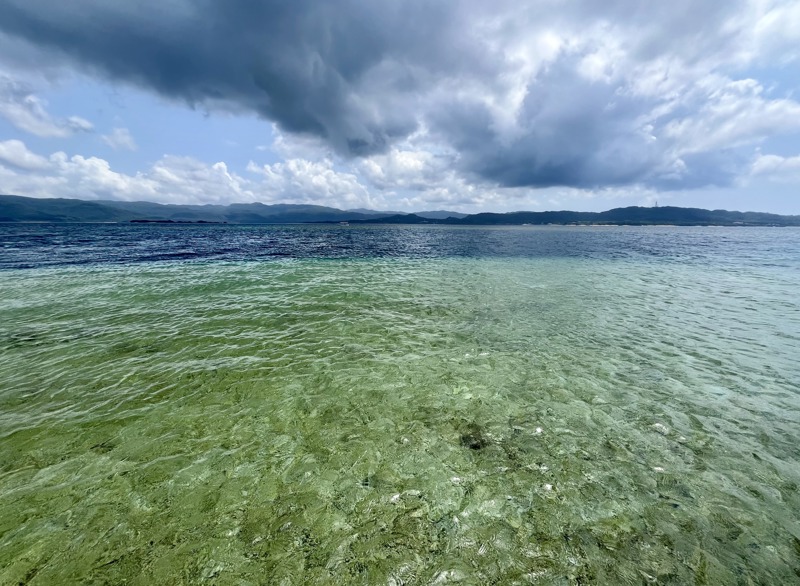
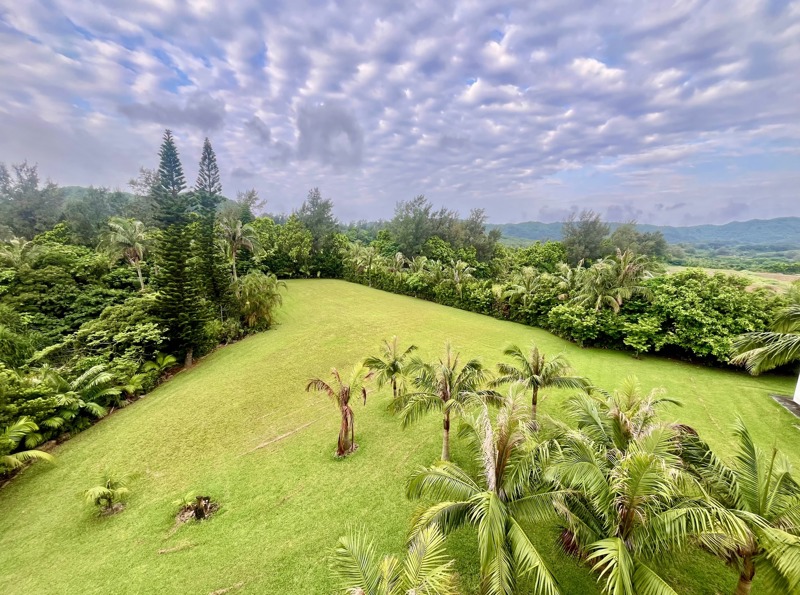
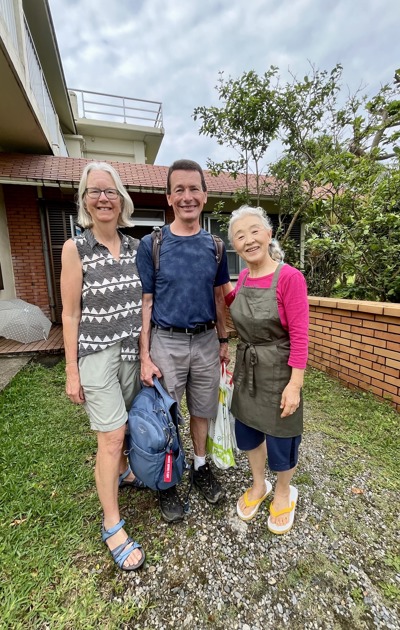
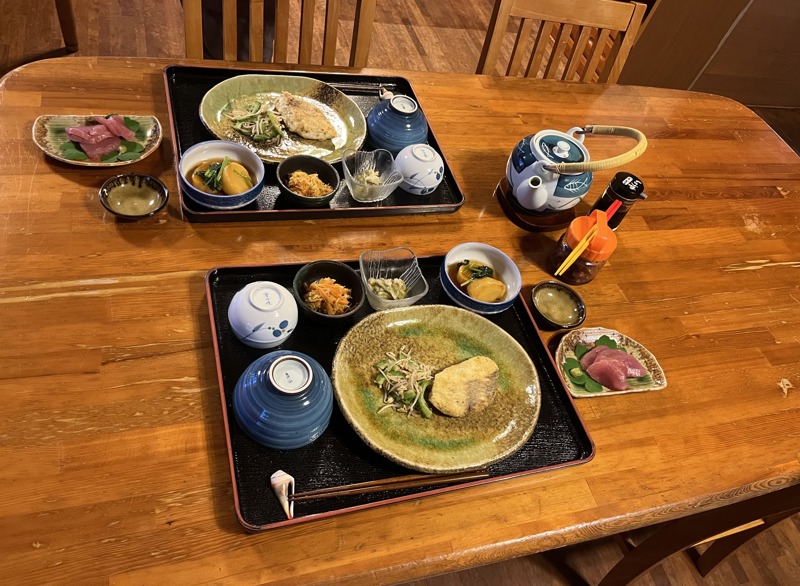
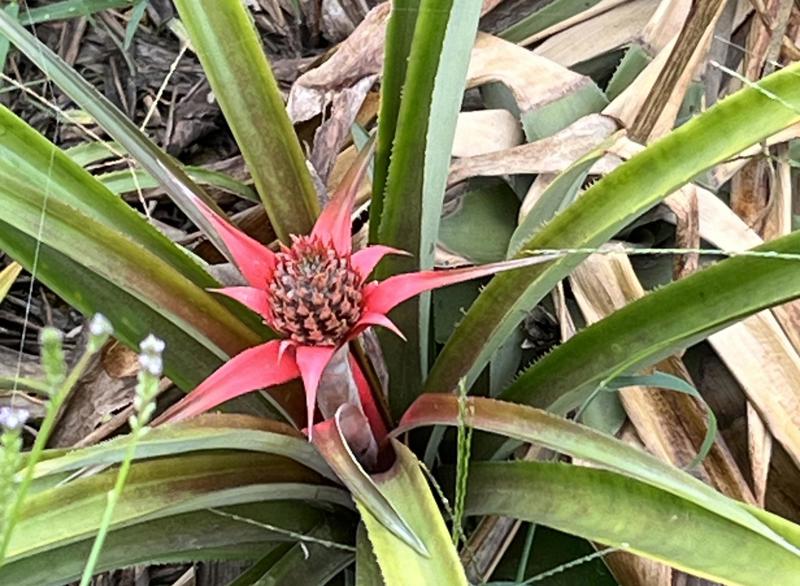
On to Taketomi-jima with its singular village of coral stone-walled compounds, lanes bursting with colour from rampant bougainvillea, lilies and zinniias. Once again, we had blue, blue oceans and warm water for snorkelling.
Finally, to Ishigaki for a day of snorkelling and walking before our speedy return to Osaka by plane this time.
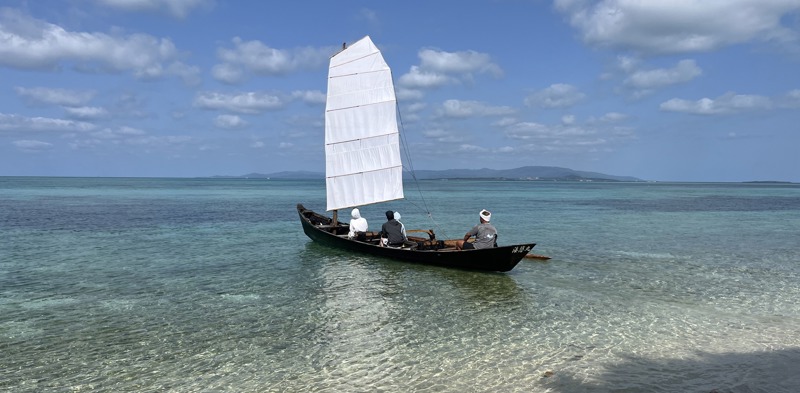
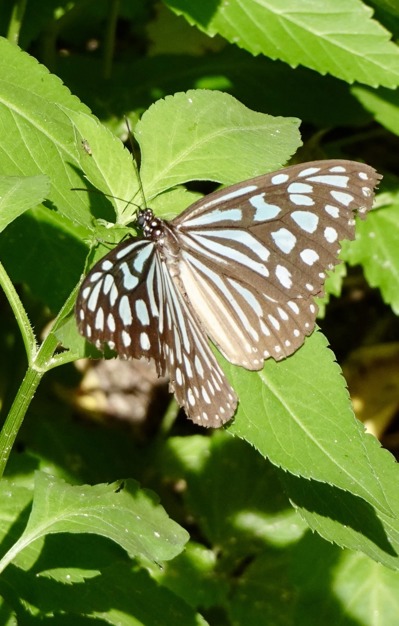

Throughout Okinawa the people have shone out with their smiles and friendliness. My absolute favourite; the pint sized Kiyoko, a venerable silver-haired grandma in her late 70’s who ran the guest house on Iriomoto with endless energy, efficiency and smiles, organising trips, cleaning rooms and cooking us magnificent dinners and breakfasts; a true gem. if I could cook like Kiyoko, I’d probably live to 100 like the Ryūkyūans.
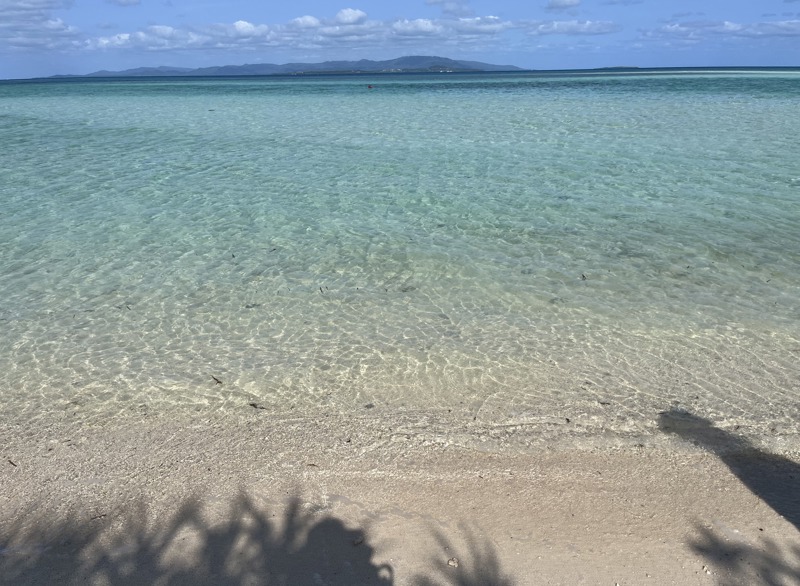
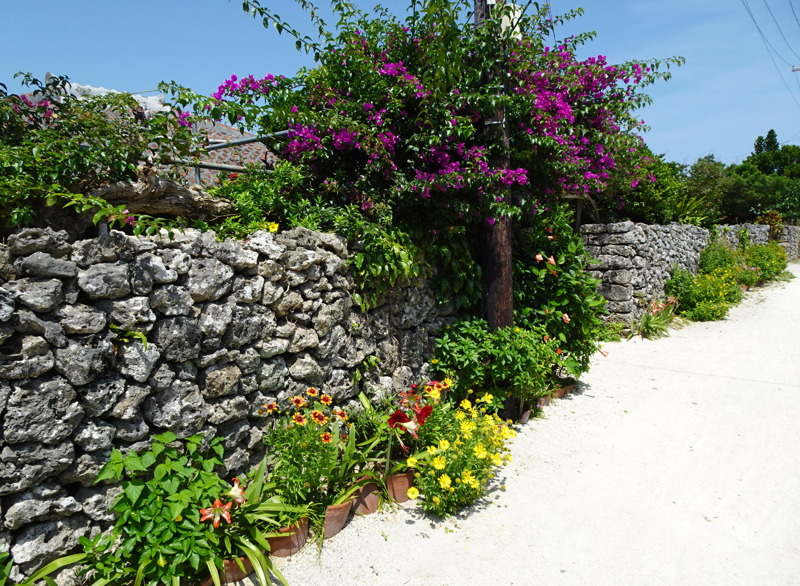
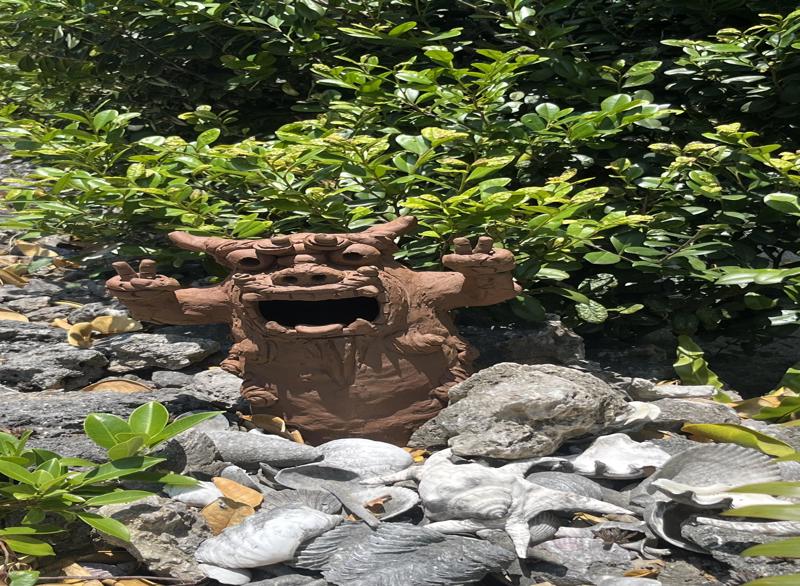
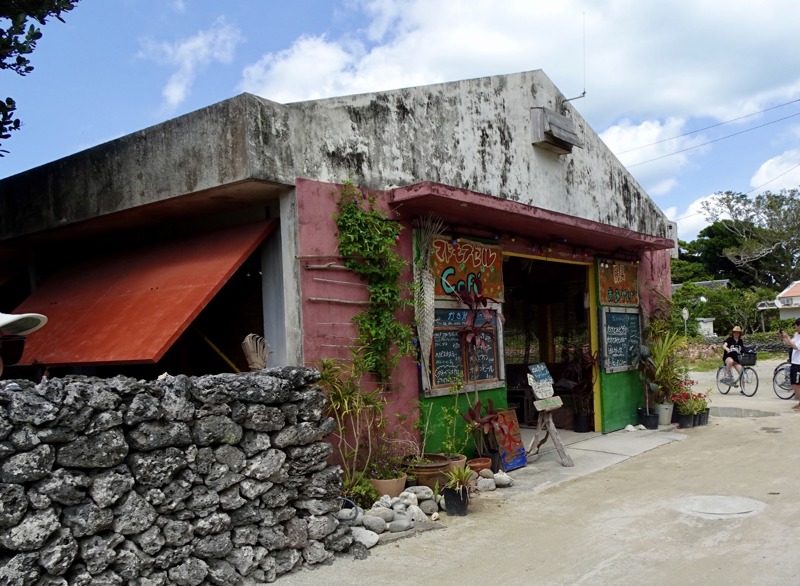

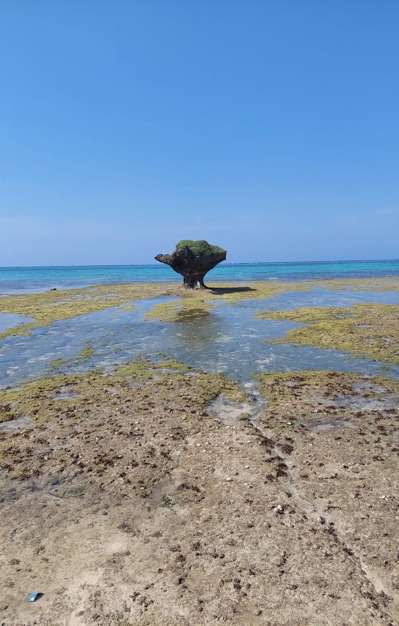
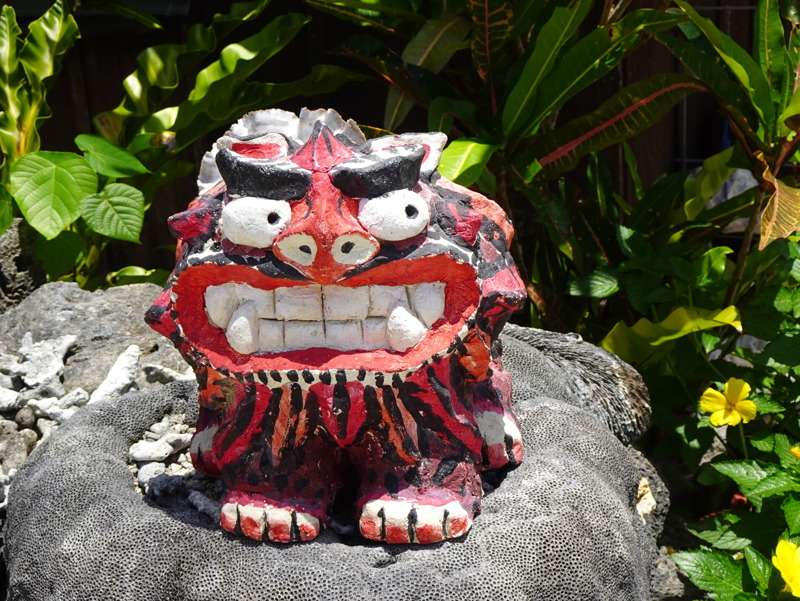
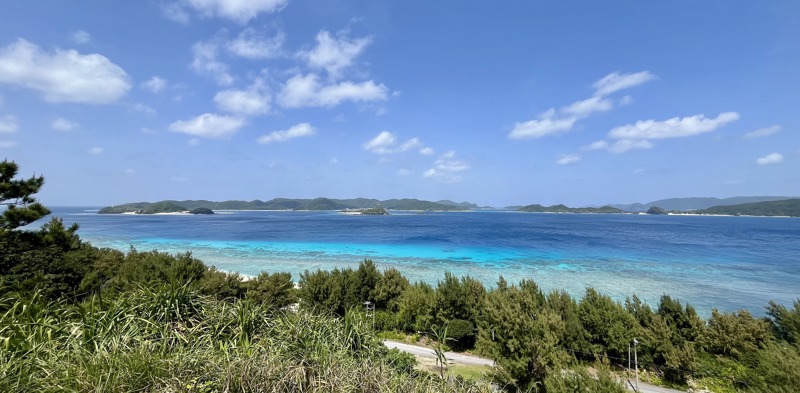
Share your travel adventures like this!
Create your own travel blog in one step
Share with friends and family to follow your journey
Easy set up, no technical knowledge needed and unlimited storage!